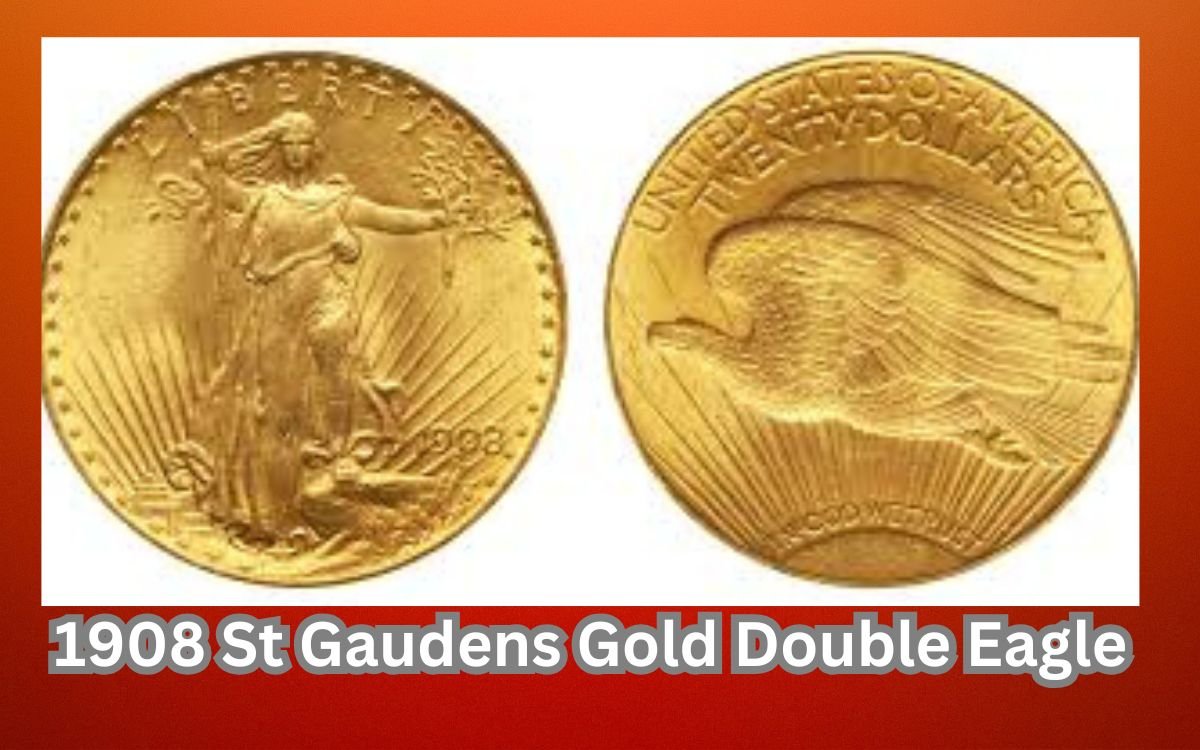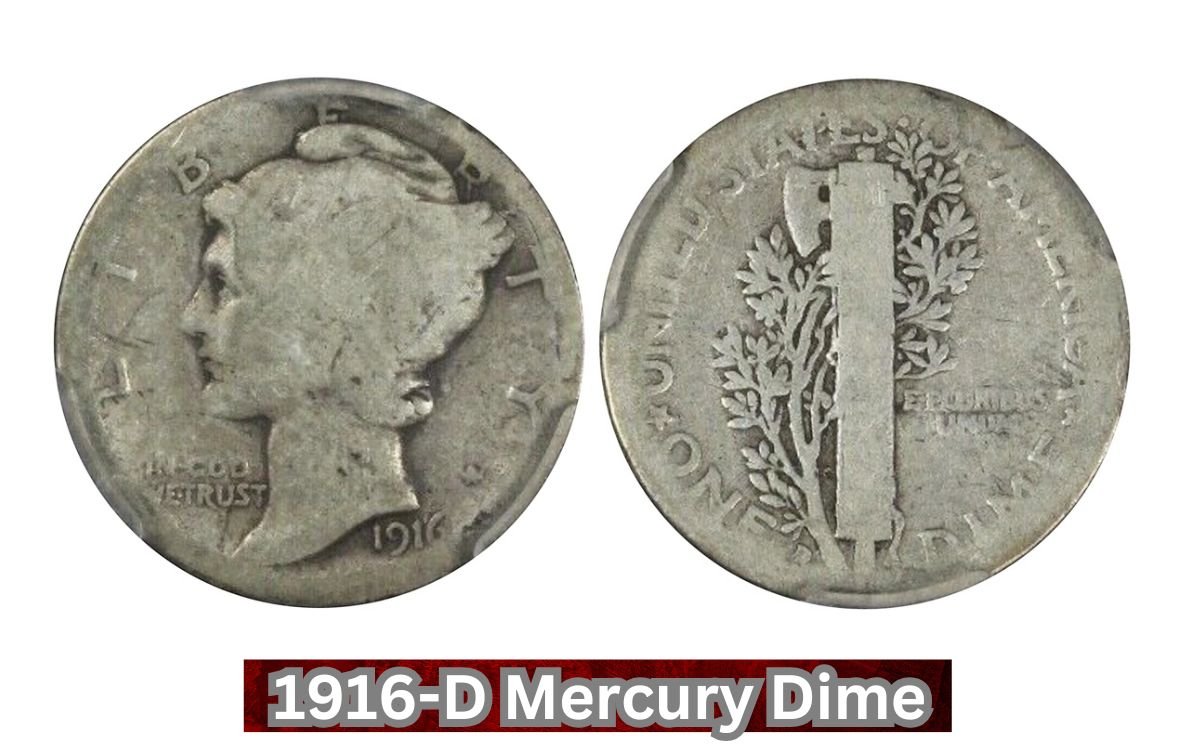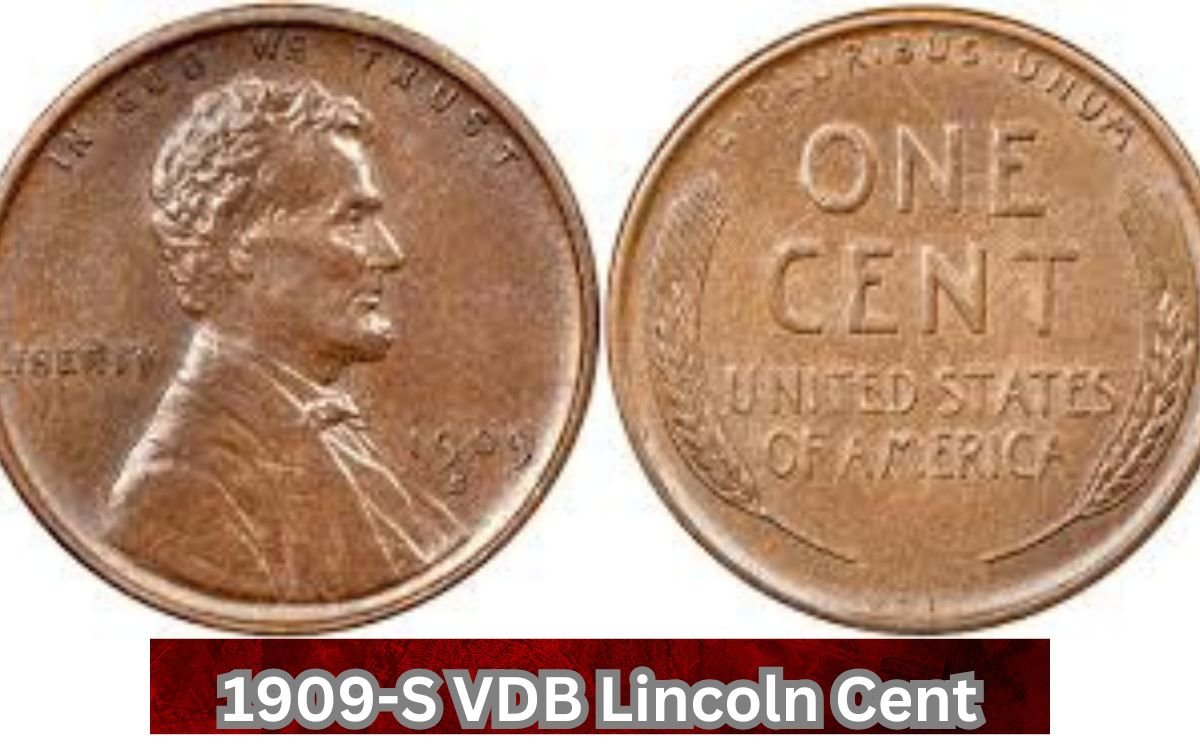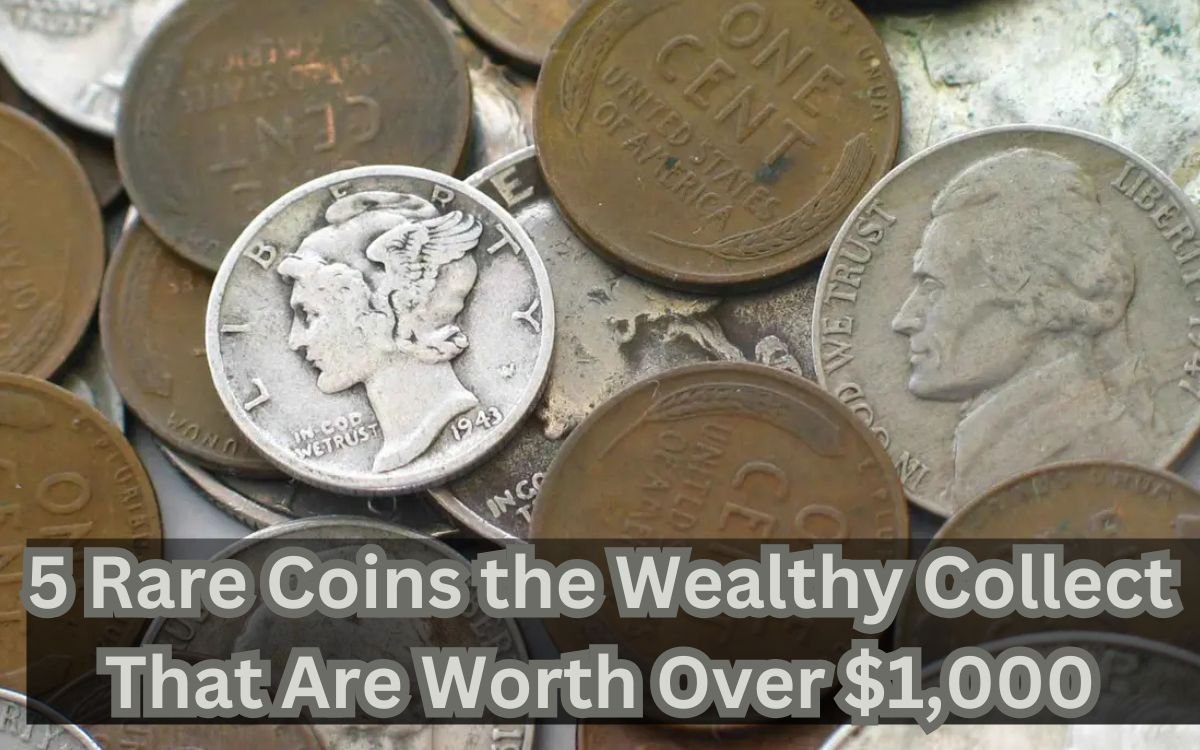Introduction:
Rare coins are in such high demand among the rich because of their historic value and aesthetic value and their investment potential. To them, these pieces mean more than money. They symbolize empires, the changing of the economy, or a change in culture. This is why the richest coin collectors in the world search for this treasure in metal that connects them somehow to the past.
The rare coin market continues to be very robust, more so with the coins being minted out of various eras. Examples are Ancient Roman gold coins and American double eagle coins which never go obsolete. A few of these rare coins are selling over $1,000 while the more rare ones will fetch a price in millions in the best of the auctions.
Let’s discuss five fantastic coins, which had attracted such wealthy collectors’ attention. Every one of them is linked to a particular moment of numismatic history and has excellent investment opportunities.
Know rare coins history:
Rare coins are not just money but a mix of history and art with low supply in the coin collecting world. They are not any other regular coins that are used daily because of specific features associated with rare coins for collectors.
What Makes a Coin Rare?
Several factors contribute to the rarity and value of a coin:
Mintage Numbers: number of coins originally issued.
Survival Rate: How many specimens survive through to date.
Condition Grade: Graded on the Sheldon Scale 1-70. Historical Significance: Cultural or economic significance.
Price as Affected by Condition
It depends upon the condition of a rare coin in determining the market price. Professional grading services grading coins according to several criteria are:
- Surface preservation
- Strike quality
- Luster retention
- Beauty
Those coins that are preserved well with good qualities of both normally sell for more money.
Understanding Rarity Factors
The scarcity of a coin can be attributed to:
- Production errors: Errors or defects at the time of striking.
Low-mintage run coins: These were issued in very small numbers.
Events: Those that shaped the circulation of certain coins.
These combined factors typically yield demand from collectors that is much higher and then much higher prices.
The Pursuit of Desirable Attributes
serious collectors want to see coins that have certain characteristics that make them very attractive. - Pristine: Those that were in perfect condition with no marks or damage.
- Historic Significance: Coins carrying important historical events or personalities.
- Extremely rare: Coins are known to exist in very small quantities.
By focusing on such aspects, collectors hope eventually to build valuable collections.
The Importance of Provenance
It addresses provenance. Rare coins speak of documented ownership history and authenticity. Therefore, the worth and the attractiveness of any piece go down without the history and its provenance.
They also seek coins of good provenance, from respected grading services like PCGS or NGC.
The former assure one of the authenticity as well as the condition of a coin. These are very important elements in the high-end numismatic market.
1908 St Gaudens Gold Double Eagle
This 1908 St. Gaudens Gold Double Eagle is an absolutely complete masterpiece in the area of American coin design. Commissions by President Theodore Roosevelt, this $20-gold coin was sculpted to give American coinage its best artistic height possible with renowned sculptor Augustus Saint-Gaudens.

Design Features:
Obverse The head side of the coin shows Lady Liberty walking, confident and steadfast with torch and olive branch in the latter stages of the rising sun.
The other side of the coin features a flying eagle that symbolizes freedom and success in America.
Its complexities in design make the St Gaudens Double Eagle one of the most attractive coins minted by America.
Current Market Values
As of now, the market values for 1908 St. Gaudens Double Eagle are as follows:
- $2,000 for circulating specimens
- In mint-state specimens: $4,000
Factors of Value
Several factors bring value to the coin : - Gold Content: Contains 0.9675 troy ounces of pure gold.
- Historical Significance: This is the largest denomination of circulating U.S. gold.
- Artistic Merit: The final master work of American coin artistry.
The best investment potential is through these coins for rich collectors since their value always appreciates. For all such coins, it includes historical significance and beautiful pieces in art; this can bring a constant, huge demand among serious numismatists and investors.
Stability in High-Grade Specimens
This made high-grade versions of the 1908 St. Gaudens Double Eagle, not incidentally, unexpectedly consistent in price, thus creating a wildly strong need within high-grade coin buyers’ portfolios.
International collectors also became more interested.
The more recent auction results suggest that international collectors have a keen interest in high-grade examples of this iconic American coin.
1916-D Mercury Dime
The 1916-D Mercury Dime is extremely rare since only 264,000 were ever produced in Denver, and that small production has made it one of the most sought-after coins ever minted in America.

The Mercury Dime features Liberty wearing a winged cap and is named for its resemblance to the Roman god Mercury. A 1916-D marks the first year of issue for the design in Denver.
Market Values:
- G-4 (Excellent) condition: $1,000+
- F-12 (Fine) condition: $5,000+
- MS-60 (Mint State): $25,000+
- MS-65 (Gem): $43,000+
The coin’s value is determined by several factors:
- Low initial mintage
•High loss rate because of circulation
High demand among investors and collectors. - First-year interest: It has historical significance
Because so many circulated in commerce before collectors recognized the importance of the type, worn specimens are quite valuable. Few mint state specimens are numismatic jewels. Decades of steady appreciation in auction records tell the story.
Professional grading services have graded amazingly few examples in high grades, so high-grade specimens are extremely valuable to the wealthy collector who seeks investment-grade rarities.
1937-D Three-Legged Buffalo Nickel
Among the most interesting errors to be found on a mintage, however, would undoubtedly have to be the 1937-D “Three-Legged” Buffalo Nickel. This rare piece stems from a Denver Mint worker who had polished the die too much, and what this did was strip it of the front leg found in the buffalo design on the coin. Thusly, the coins happen to sport a very weird view where it seems the buffalo stands on three legs.
Key Identifying Features:
- Absence of front leg between the buffalo’s chest and hoof.
Very scarce information on the hip area. Partial lack of ground under the buffalo. These special nickels can command high values depending on their condition: - $500-$1,000 to Very Good
- Fine to Very Fine: $2,000-$5,000
- Extremely Fine: $7,500-$15,000
- Mint State: $25,000-$150,000
Professional grading services have graded less than 50 coins into virtually flawless condition. In some cases, authentication may prove important as excellent forgers have been able to make convincing counterfeits by ripping the leg off common date 1937-D Buffalo Nickels. - The error coin is prized for its unique story and visual appeal. This “Three-Legged” Buffalo gives an interesting combination of rarity, historical importance, and obvious uniqueness that significantly gives worth in the market today.
1878 Morgan Silver Dollar
The 1878 Morgan Silver Dollar is a coin that reflects the American historical aspect of collecting coins. This coin, designed by George T. Morgan, initiated the series of Morgan Silver Dollar, running from 1878 to 1921. On one side of the coin,
Lady Liberty is seen, while the other side contains an eagle with outstretched wings, depicting art and historical significance.
Variations in Mintmarks Importance:
Mintmark variations put a pretty strong footing in establishing the worth of 1878 Morgan dollars.
- Philadelphia (No Mint Mark): Most common, priced around $1,000-$3,000 in uncirculated condition
- San Francisco (S): Highly sought after, at $2,500-$5,000
- Carson City (CC): Rarest type and costs $15,000
Specific Inverse Configuration:
The reverses of the series 1878 are quite different:
- 8 Tail Feathers (1st Edition)
- 7 Tail Feathers (2nd Edn)
- Tail feathers Transitional Design 7/8
Appreciation of investment-grade specimens
The investment-grade pieces have been MS-65 or finer. Deep mirror proof like surfaces have rewarded high-quality coins with over $50,000. The goal of the elite collectors is coins very coin-like and that are well-struck, with little contact marks.
Desirability to rich collectors
High-grade 1878 Morgan Dollars are pretty rare, so, in my opinion, extremely desirable among all rich collectors that understand the historical importance and investment potential of these pieces.
1909-S VDB Lincoln Cent
The 1909-S VDB Lincoln Cent is among the historical pieces in coin collecting history and a most treasured item for many collectors. Designed by Victor David Brenner, this piece was the first American coin to feature a U.S. president – specifically the portrait of Abraham Lincoln.

Rarity and Demand:
Only 484,000 of these coins were issued in San Francisco with “VDB” stamped backwards on the back by the engraver Brenner; however, due to adverse public reaction, these letters were omitted from further issuance.
This limited mintage has made the 1909-S VDB Lincoln Cent extremely rare and precious to collectors.
Market Values
In much the same manner, the 1909-S VDB Lincoln Cent varies greatly in value because of grade.
- Good (G-4): $500-$800
- Fine (F-12): $1,500-$2,000
- Mint State (MS-63): $25,000-$30,000
- Pristine (MS-67): $150,000-$175,000
Those that become brown but do not remain red are of value and sometimes can get much higher prices at an auction. For example, a certified MS-67 Red specimen sold in 2019 for as much as $168,000.
Significance of Authentication
The most important aspect for valuing this rare cent is authentication. There are extremely advanced counterfeit versions of the 1909-S VDB Lincoln Cent, and verification of authenticity is paramount in any purchase or sale.
Its San Francisco origin has to be confirmed by zooming in on the “S” mintmark and the “VDB” initials to confirm whether or not they are legitimate. Serious collectors should obtain a reputable grade from respected firms such as PCGS and NGC when purchasing or selling this rare coin.
Other rare coins worth viewing:
There are many more exciting valuable coins beyond our selections. An excellent example within this class is the 1877 Indian Head Cent, with only 852,500 pieces produced; it’s an extremely rare treasure that could fetch anywhere from $3,000 to $40,000 based on its condition.
The 1914-D Lincoln Wheat Cent is another investment-worthy coin, with a price of between $1,000 to $12,000. Its limited mintage, at 1.2 million coins, creates significant competition for collectors.
Other remaining rare ones:
1856 Flying Eagle Cent: $6,500 – $25,000
1804 Draped Bust Quarter $5,000-$15,000
1796 Draped Bust Half Dollar ($30,000 -$150,000)
All these coins are worth fine examples of rare coin investment opportunities, each with a historical value that could appreciate in the future.
Conclusion:
Rare coin collecting uniquely marries an appreciation of history with the financial aspect. There are numismatic opportunities in the terms of the world, offering valuable coins like the one above to those that are both passionate collectors or strategic investors holding real assets within diversified portfolios.
Start by researching and authenticating the rare coin. Here are some steps to take:
- Network with experience coin dealers listed in Professional Numismatists Guild.
- Attend top-level coin shows and auctions
- Get certified from the right grading services
- Trends and history of price research
The sense of finding these metal treasures together with their future prospects of high price increases makes collecting rare coins a fun endeavor into wealth preservation besides personal satisfaction.
FAQS:
What are rare coins and why do they matter?
Rare coins refer to collectible coins valued because of limited mintage, historical interest, or other unique factors. This kind of numismatic demand has a large market value, and naturally, becomes the favorite among rich investors.
What is the value range of the 1908 St. Gaudens Gold Double Eagle?
According to the recent sales data, the 1908 St. Gaudens Gold Double Eagle costs between $2,000 and $4,000. This coin is in demand for its design uniqueness and also for historical purposes among collectors.
Why is the 1916-D Mercury dime so scarce?
The 1916-D Mercury Dime is also scarce, with a mintage quantity of only 264,000. Its high market price ranges up to $43,000 due to its scarcity and collector interest.

